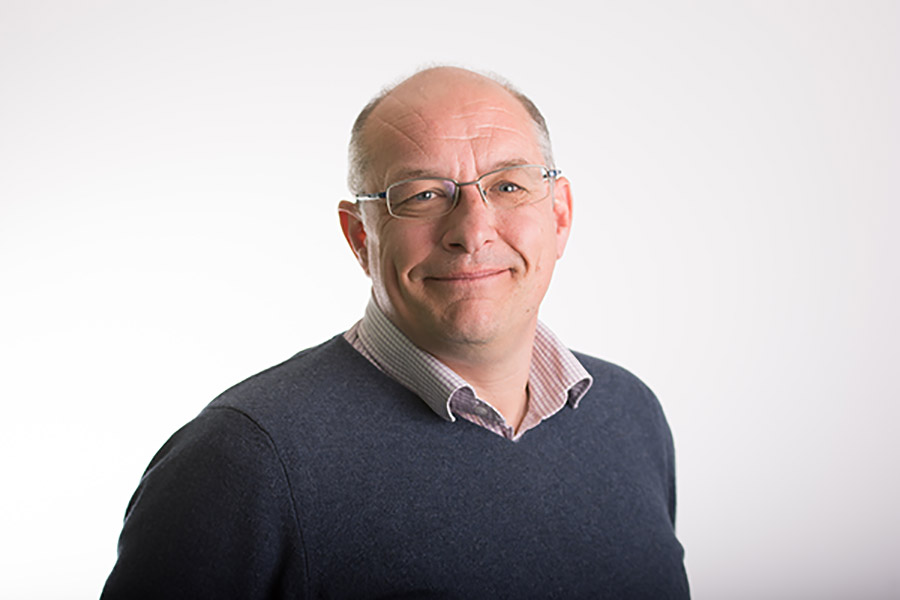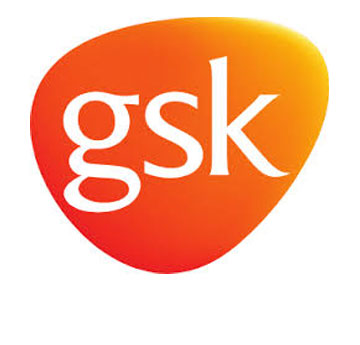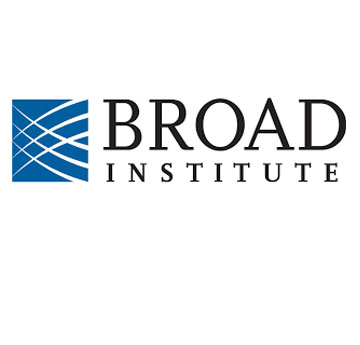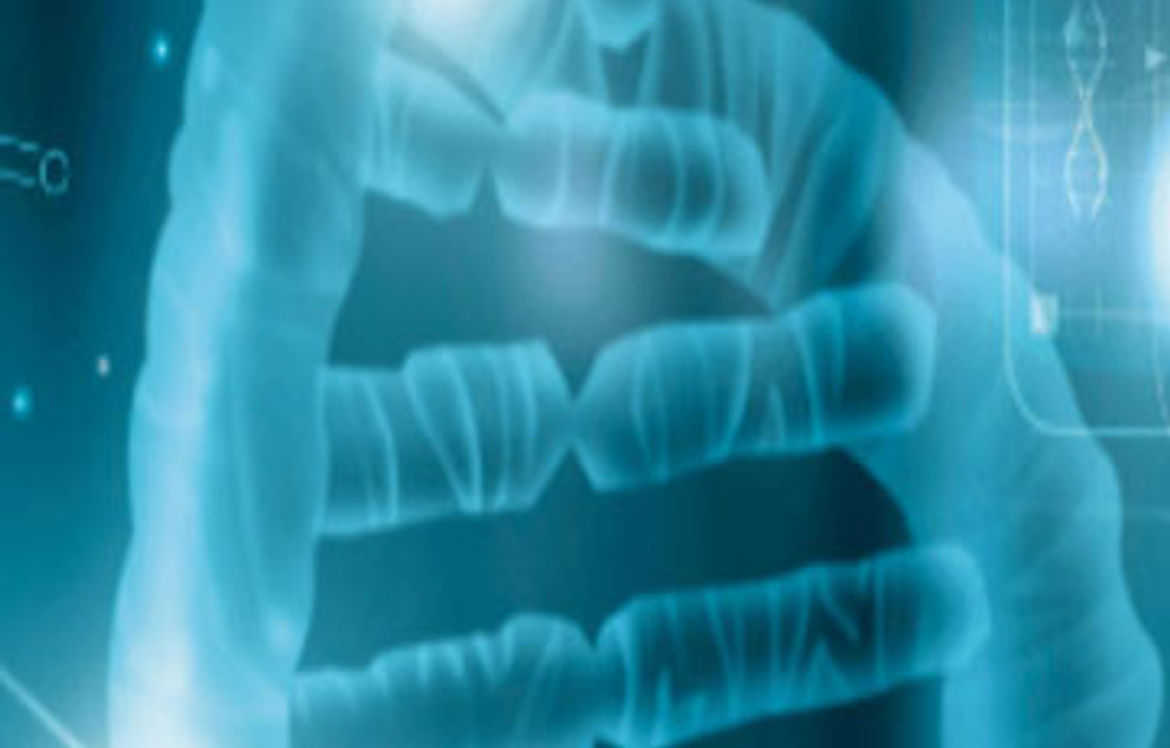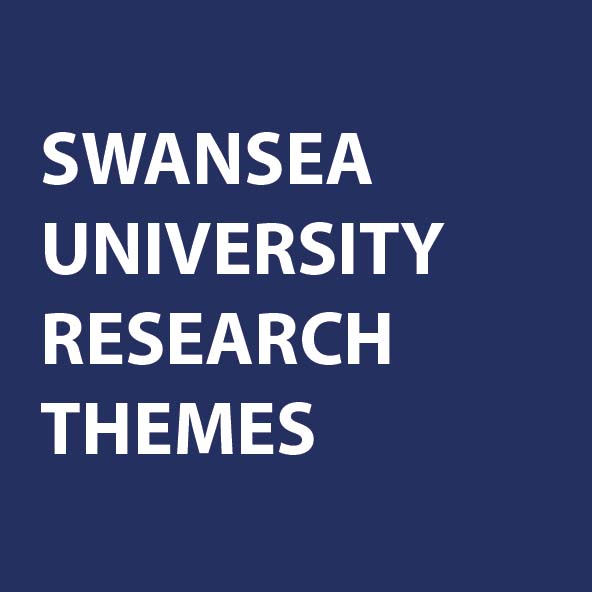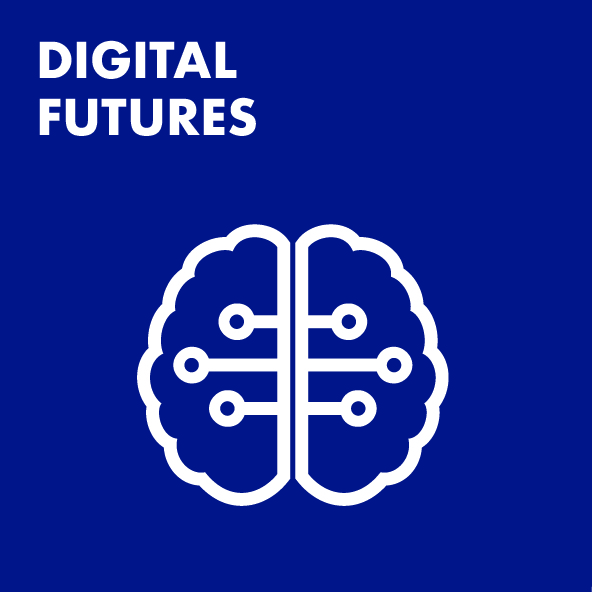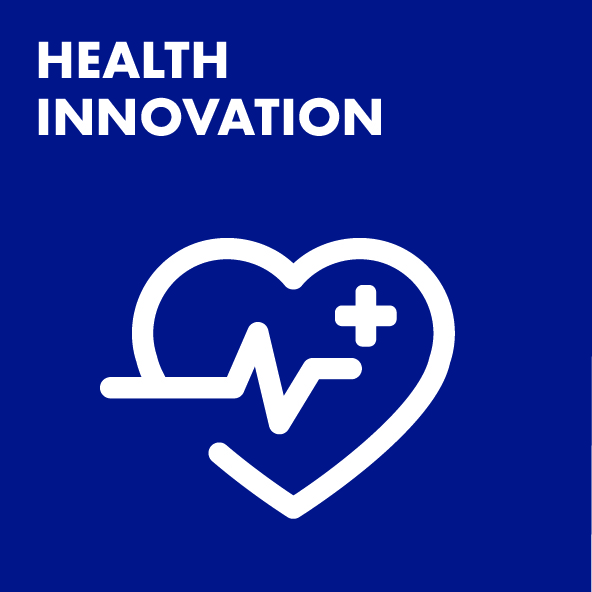The Challenge
Professor Paul Rees and his team are developing diagnostic tools to simplify the detection of cancers such as Acute Lymphoblastic Leukaemia – the most common childhood cancer – to make the tests cheaper and more sensitive, and without the use of expensive biomarkers. Detecting cancer cells to determine if there is any residual disease can be especially challenging after the patient has undergone rounds of treatment.
The method
Imaging technologies have advanced to the point where individual cells can be photographed at the rate of thousands per second in fluid samples and sections of biological tissue. However, the techniques required to analyse these large datasets are in their infancy and research is being conducted to find out how to mine the rich information arising from the imaging of the cells.
Usually to image the cells they are labelled with fluorescent dyes that adhere to specific biological sites of interest eg nucleus, cell surface receptors involved with particle uptake etc. These markers often complicate the experimental procedure, are expensive and they can actually perturb the biological process under investigation. The team are therefore training artificial intelligence algorithms to identify cell types without the need for these biomarkers, simplifying the experiments and allowing more accurate sensitivity compared with human scoring.
The artificial intelligence techniques were developed jointly with Dr Minh Doan from GSK in Philadelphia, and Dr Anne Carpenter of the Broad Institute of MIT and Harvard. These algorithms have also been used to provide an automated assessment of red blood cell degradation in samples stored for blood transfusions. The test is more accurate and far quicker than the previous human scoring. This study involved 12 different institutions from four different countries.
The Impact
Professor Rees and the team are working with Dr George Johnson in the Swansea University School of Medicine using the algorithms developed to detect DNA damage in cells when exposed to chemical or radioactive challenges. The team are working with several companies to prove this can become a standard assay of genotoxicity for testing new compounds coming to market.


